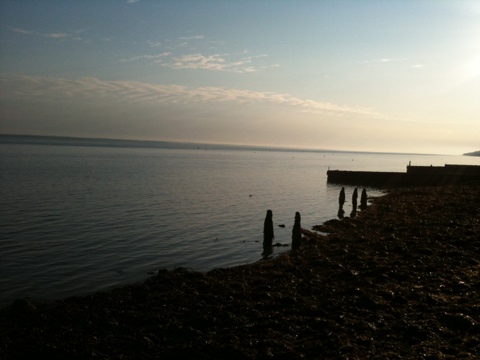
Is photography art? Well it’s more like, does/should photography have a status in art like painting, sculpture etc? It comes under the big title of art, to me that’s a long gone question, but is it worthy of being identified separately?
Both photographers and critics alike have differing and divided views on the subject. Personally I’ve come to the conclusion (if one could call it that) that it does deserve that title and now I’ll tell you why.
Photographs are different from anything else in art, they are a hybrid of science and art. We are past the photography is for science nerds phase as it engulfs a lot of our daily life but people are still uneasy about it’s relationship with the history of art.
I like to think of it as a little like USA and Europe. Photography is a relatively young country who had inhabitants for many centuries but only just flourished fully. Then there’s painting/sculpture etc who is an old well established country/area, very cautious about who is considered fine art yet very comfortable in their status in the world. Of course the USA doesn’t want to be part of Europe etc, and perhaps that wasn’t the best analogy but it makes sense to me. I’m certain that’s why photography was integrated into the way of life of America so beautifully. I’m not an expert on American history but that’s how I see it in relation to photography.
There is something that bothers me in big art galleries with photography, they make a huge fuss about separating photography shows from the rest of fine art shows. For me that makes it sound like the establishment is saying that the two cannot be together in a gallery or exhibition naturally.
This is something that I find often in delicate equality issues like that of art, such as feminism (I seem to be big on analogies today). I get irritated that we have to point out, stand out and make a fuss. Then I think to myself, this is a huge international campaign for the progression of humanity and/or of art itself. I remember that without shouting/talking, change never happens and ignorance flourishes.
Lastly I’ve found when explaining my work to people, there is a strange distinction between ‘artwork’ and ‘photographic images’. People assume I do documentary work or pretty images of people only, I’ll explain how they are different and get a blank look. Then I try to explain that perhaps I’m an artist rather than a photographer and I get an even worse glazed look. Then comes the, ‘But you take photographs…’ comment. Therefore leading me to give up.
Enough with talking about my fight with photography and art, as you can see from my ranting it is a complicated topic. University students and upcoming photographers alike are having these questions and thoughts crammed into their brain, but how long until a collective conclusion exists? I can’t see it being anytime soon quite honestly but I am enjoying a lot of the work being made which is adding to the debate.
Over and out!









